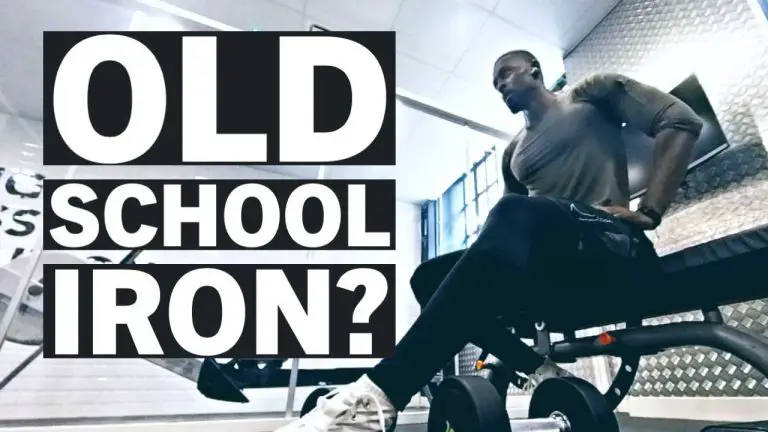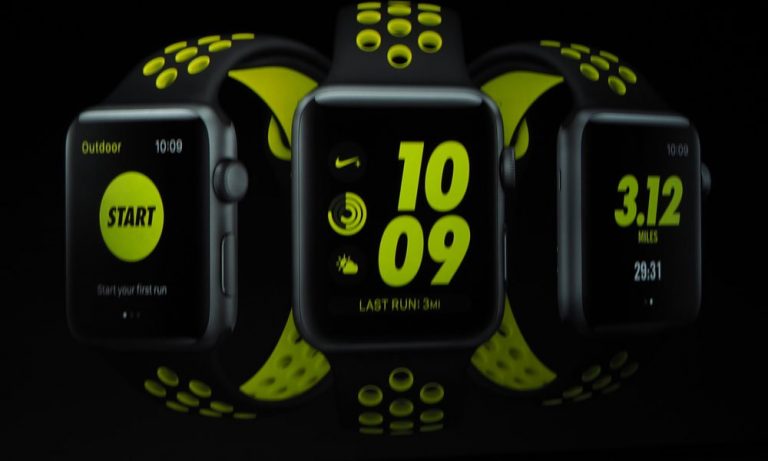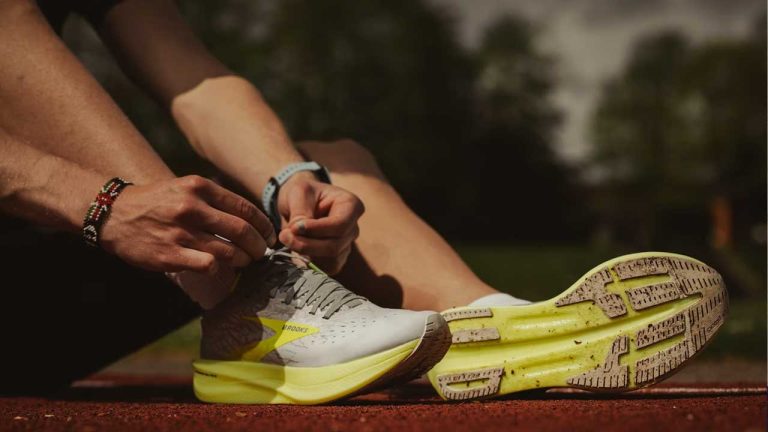Shin Splint Cures – Tips and Exercises for a Speedy Recovery

ListedFit is reader-supported. When you buy through links on our site, we may earn a small commission.
Shin splints are a common injury that can affect anyone who engages in physical activities involving running or jumping. The condition normally presents itself as pain in the shinbone or the tibia, which can be caused by a variety of factors such as overuse, improper footwear, or flat feet.
But the good news is that shin splints can be treated and prevented with the right approach. Resting the affected area is essential to allow the body to heal, and applying ice packs can help reduce pain and swelling. Insoles or orthotics for shoes can also provide additional support and cushioning to the feet, reducing the risk of developing shin splints.
Moreover, stretching and strengthening exercises can help prevent shin splints from occurring in the first place. Proper warm-up and cool-down routines before and after physical activities can also help reduce the risk of developing the injury.
With the right care and prevention methods, shin splints can be effectively managed and healed, allowing individuals to resume their physical activities without pain or discomfort.
Table of Contents
Understanding Shin Splints
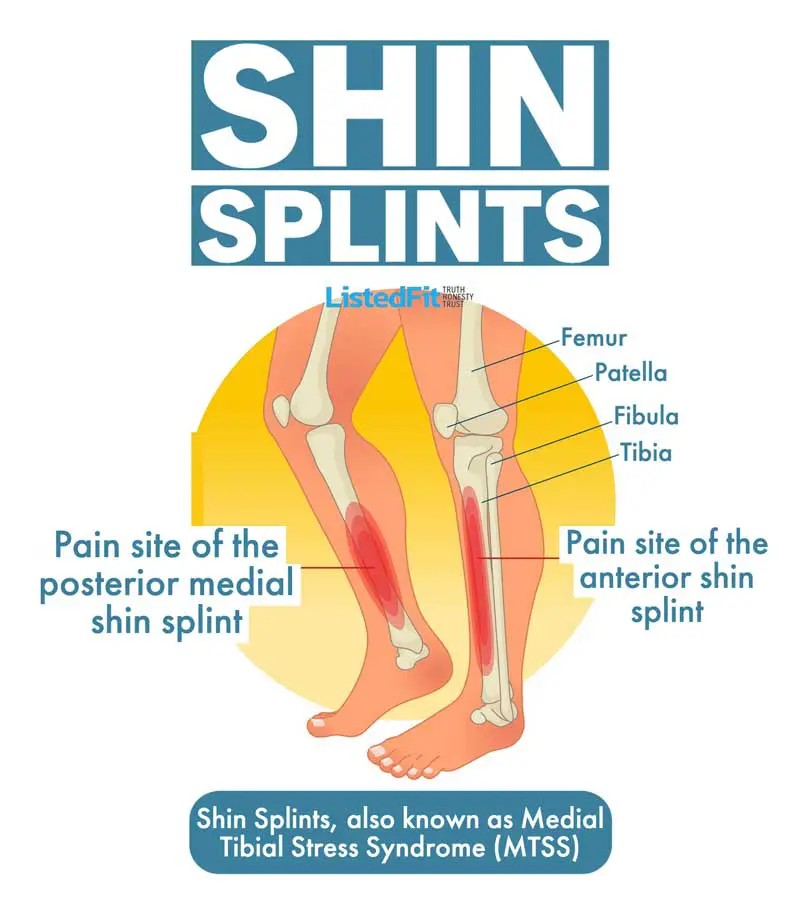
What Are Shin Splints?
Shin splints, also known as medial tibial stress syndrome, is a common injury that affects the shinbone and surrounding muscles and tendons. It is characterized by pain and discomfort along the inner edge of the shinbone, which can range from mild to severe.
Causes of Shin Splints
Shin splints are typically caused by overuse or repetitive stress on the lower leg muscles and bones. This can occur due to a variety of factors, including:
- Increasing the intensity, duration, or frequency of physical activity too quickly
- Wearing improper or worn-out footwear
- Running or jumping on hard surfaces
- Having flat feet or high arches
- Having weak or tight muscles in the lower leg
Shin splints are also common in athletes who participate in sports that involve a lot of running, jumping, or sudden stops and starts, such as basketball, soccer, or track and field.
If left untreated, shin splints can lead to more serious injuries such as stress fractures or muscle tears. It is important to pay attention to shin splints especially if they persist.
Diagnosing Shin Splints
Symptoms of Shin Splints
The symptoms of shin splints include:
- Pain or tenderness along the inner side of the shinbone
- Mild swelling in the lower leg
- Mild to moderate pain that occurs during or after exercise
- Pain that worsens with activity and improves with rest
When Should You See a Doctor About Shin Splints
If you experience any of the above symptoms, it is important to rest and avoid activities that aggravate the pain, swelling or discomfort. If the pain persists after you’ve given it a fair amount of time to heal, you should see a doctor. Your doctor will ask you about your symptoms and medical history and perform a physical exam. They may also order imaging tests, such as an X-ray or MRI, to rule out other conditions that may be causing your pain.
If you have severe pain, swelling, or difficulty walking, you should seek medical attention immediately, as these may be signs of a more serious condition such as a stress fracture.
It is important to diagnose and treat shin splints early to prevent further damage and to allow for a faster recovery.
Shin Splint Cures – How To Treat The Condition
Rest and Ice
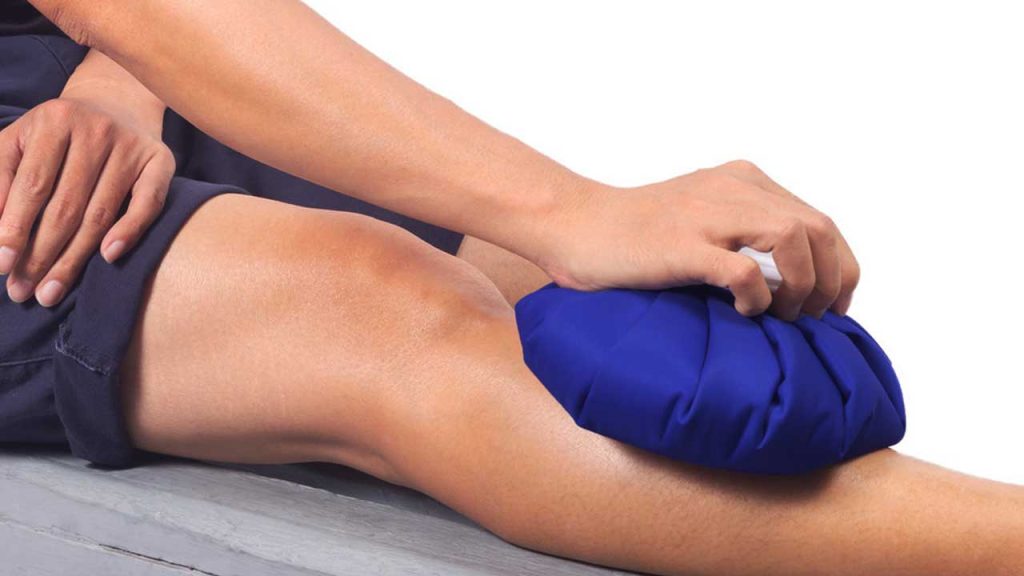
Rest and Ice
Resting your body is essential for healing shin splints. Avoid activities that cause pain, swelling, or discomfort. It is recommended to take a break from sports, running, and other activities to give your muscles and bones a chance to recover.
Ice your shin to ease pain and swelling. Do it for 20-30 minutes every 3 to 4 hours for 2 to 3 days, or until the pain is gone.
The use of ice, also known as cryotherapy, can be very effective in the reduction of the pain associated with shin splints. When icing, be sure to wrap the ice pack in a towel to avoid skin irritation.
Stretching and Strengthening Exercises
Stretching and strengthening exercises can help prevent shin splints from recurring and can also help improve recovery time. Some recommended exercises include calf stretches, toe raises, and ankle circles.
These exercises can help to stretch and strengthen the muscles in your legs, which can help prevent shin splints from occurring in the future.
The video below from Howcast gives a great stretch that can help with shin splints.
Physical Therapy
If your shin splints are severe, physical therapy may be recommended. A physical therapist can help you develop a customized exercise plan to help alleviate pain and improve strength and flexibility in your legs. Physical therapy can also help you learn proper techniques for running or other activities to prevent future injuries.
Medications
Over-the-counter pain relievers such as ibuprofen and acetaminophen can help to reduce pain and inflammation associated with shin splints. It goes without saying, make sure you follow the recommended dosages and not rely on these medications for long-term pain relief.
Surgery
In rare cases, surgery may be necessary to treat severe shin splints. This may involve removing damaged tissue or correcting any underlying bone deformities. Surgery is usually only considered after other treatment options have been exhausted.
How to Prevent Shin Splints From Occurring
Proper Footwear
Wearing the right shoes is crucial in preventing shin splints. Make sure to choose shoes that fit well, provide good support, and are appropriate for your activity level. Consider getting fitted for shoes at a specialty running store or consulting with a podiatrist.
Gradual Increase in Activity
One of the main causes of shin splints is overuse. To prevent this, gradually increase the intensity and duration of your workouts. Avoid sudden increases in activity or changes in workout routines.
Cross-Training
Engaging in a variety of activities can help prevent shin splints by reducing the repetitive strain on your shins. Incorporate cross-training activities such as swimming, cycling, or yoga into your workout routine.
Stretching and Strengthening Exercises
Stretching and strengthening exercises can help prevent shin splints by improving flexibility and reducing muscle imbalances. Focus on stretching your calves, hamstrings, and hip flexors. Strengthening exercises for your core, glutes, and lower legs can also be beneficial.
By following these tips and taking care of your body, you can prevent shin splints and continue enjoying your favorite activities.
Stress Fracture vs Shin Splints: How do they differ?
It’s important to determine whether it’s shin splints or a stress fracture. Although they share some similarities, there are key differences between the two conditions.
Here’s what you need to know to tell them apart:
- Pain Location: With shin splints, the pain is often felt over a broad area, although it may be localized to a small area. In contrast, a stress fracture usually causes pain in a specific spot that can be pinpointed with a finger.
- Pain Intensity: The pain caused by shin splints is typically a dull ache that may feel like a tightness or soreness. On the other hand, a stress fracture usually causes more intense pain that gets worse with activity.
- Onset of Pain: Shin splints usually develop over time and are caused by overuse of the muscles and connective tissue in the lower leg. In contrast, a stress fracture can occur suddenly, often as a result of a traumatic injury or a sudden increase in activity level.
- Healing Time: Shin splints can usually be treated with rest, ice, compression, and elevation (RICE) and will typically heal within a few weeks. In contrast, a stress fracture can take several weeks or even months to heal, and may require immobilization with a cast or brace.
If you’re experiencing pain in your lower leg, it’s important to see a healthcare professional to determine the cause of your symptoms. In the meantime, avoid activities that cause pain and follow the RICE protocol to help manage your symptoms.
Author
Latest entries
 FitnessAugust 19, 2023Yohimbe vs Yohimbine: A Quick Comparison Guide
FitnessAugust 19, 2023Yohimbe vs Yohimbine: A Quick Comparison Guide AshwagandhaJune 16, 2023Is Ashwagandha Good for Working Out? Key Benefits Explored
AshwagandhaJune 16, 2023Is Ashwagandha Good for Working Out? Key Benefits Explored Sports HeadphonesMay 25, 2023Why Your EarBuds Keep Falling Out – Quick and Easy Solutions
Sports HeadphonesMay 25, 2023Why Your EarBuds Keep Falling Out – Quick and Easy Solutions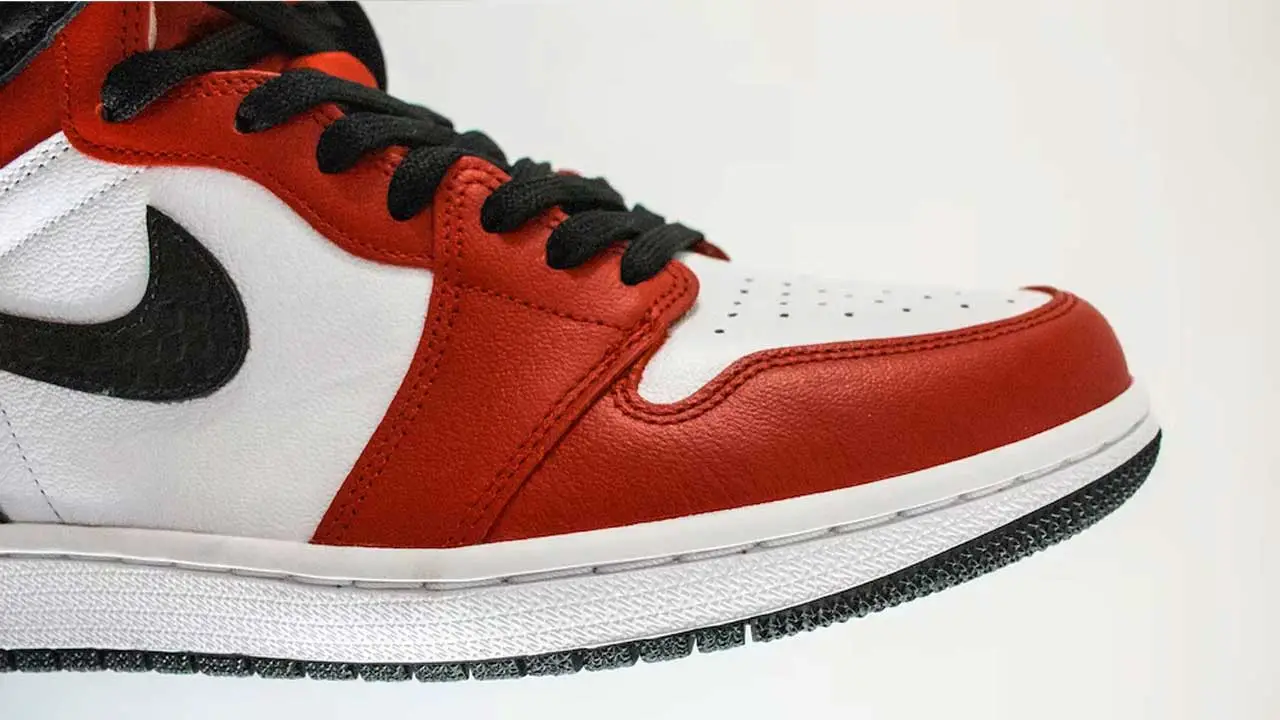 Nike ShoesMay 12, 2023Do Nikes Run Big or Small? Decoding the Perfect Fit
Nike ShoesMay 12, 2023Do Nikes Run Big or Small? Decoding the Perfect Fit
Affiliates:
This post may contain affiliate links that at no additional cost to you, the site may earn a small commission. We only recommend products we would use ourselves and all opinions expressed on this site are our own.
General Advice:
The information provided in this article is for general informational purposes only. It is not intended as a substitute for professional advice. Always consult with a qualified healthcare professional before starting any new diet, exercise program, or making changes to your health routine.
Accuracy Advice:
While we strive to provide up-to-date and accurate information, the content in this article may not reflect the most current research or medical guidelines. We encourage readers to do further research and consult with professionals for more personalized advice.
Our Recommendations:
The products and services mentioned in any of our articles are recommended based on our independent research and personal experience. We are not sponsored by any company. We aim to suggest products and services we believe are of high quality and could be beneficial to our readers.



